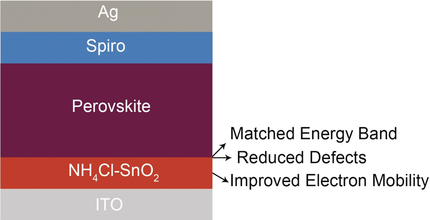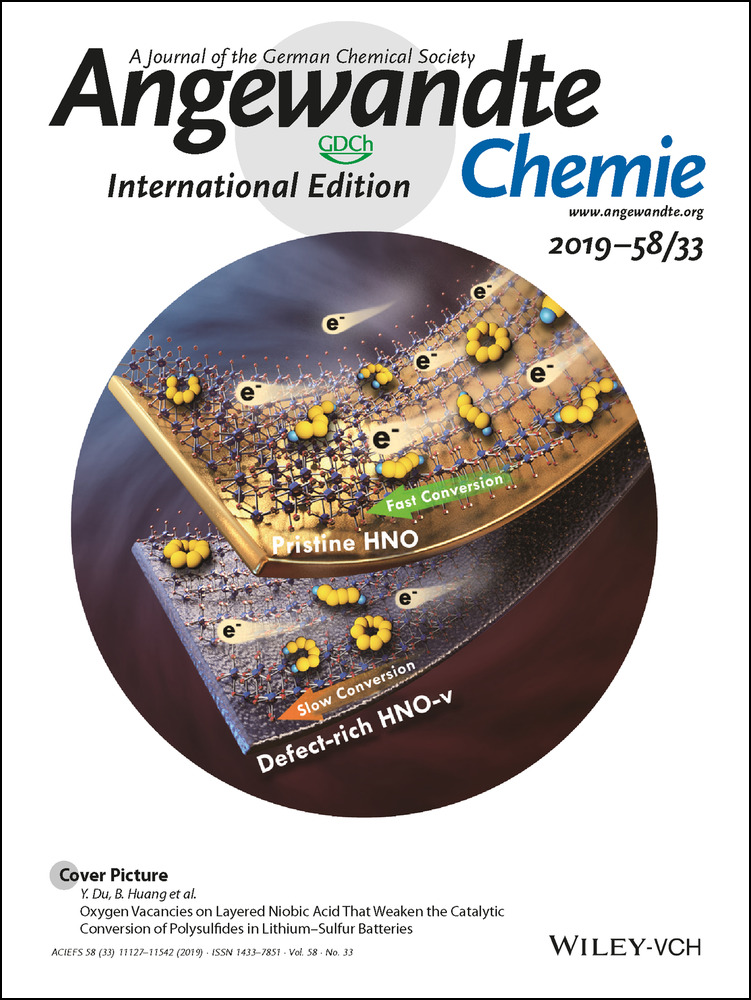Coagulated SnO2 Colloids for High-Performance Planar Perovskite Solar Cells with Negligible Hysteresis and Improved Stability
Graphical Abstract
A power conversion efficiency of 21.38 % with negligible hysteresis is obtained for planar-type perovskite solar cells. NH4Cl-induced coagulated SnO2 colloids were studied as the electron transport layer (ETL), and the ETL/perovskite interface is modified with a well-matched energy band alignment and suppressed defects.
Abstract
Organic–inorganic perovskite solar cells with a planar architecture have attracted much attention due to the simple structure and easy fabrication. However, the power conversion efficiency and hysteresis behavior need to be improved for planar-type devices where the electron transport layer is vital. SnO2 is a promising alternative for TiO2 as the electron transport layer owing to the high charge mobility and chemical stability, but the hysteresis issue can still remain despite the use of SnO2. Now, a facile and effective method is presented to simultaneously tune the electronic property of SnO2 and passivate the defects at the interface between the perovskite and SnO2. The perovskite solar cells with ammonium chloride induced coagulated SnO2 colloids exhibit a power conversion efficiency of 21.38 % with negligible hysteresis, compared to 18.71 % with obvious hysteresis for the reference device. The device stability can also be significantly improved.
Conflict of interest
The authors declare no conflict of interest.





